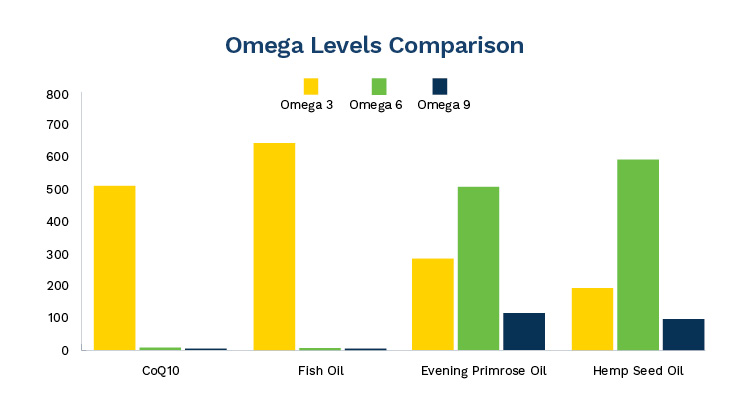How our quality manager blew us all out of the water with her results
Our regular customers may recall that two years ago we tested myself and all our office staff on the critical Omega 6 to Omega 3 fat blood ratio. This is measuring the ratio of omega 6 oil in our blood, compared to omega 3 oil. Omega 3 is health promoting, whereas too much omega 6 is potentially harmful.
The ideal ratio is 4 parts omega 6, to 1 part (or more) omega 3 oil. This 4 to 1 ratio can be difficult to achieve with our modern diet. NZ levels are claimed to be as high as 16 to 1. These figures are alarming, for when our omega 6 to omega 3 ratio exceeds 9 to 1, inflammation begins to occur, diabetes and heart disease becomes common and our immune system begins to shut down allowing cancers to take hold. On the other hand, high omega 3 protects us against these disorders and greatly reduces the risk of dementia later in life.
So 12 of our Health House staff members agreed to be tested to see what our ratios were. When the results came back from the reputable American laboratory, fortunately none of us were anywhere near the dangerous 9 to 1 ratio, I was a little smug seeing my name at the top of the list as the only one to achieve the 4 to 1 ratio or lower (actually 3.6 to 1). But I shouldn’t have been too smug, nutrition experts recommend a 2 to 1 ratio of omega 6 to 3 for truly superior health. Our other staff member’s ratios varied from 4.2 to 1, up to 7 to 1. Most were around 6 to 1 which is still good.
My superior result was no doubt due to my taking one CoQ10-Omega 3 and one Omega 3 Fish Oil capsule daily and also one Evening Primrose/Flaxseed oil capsule and having one or two small cans of salmon per week.
So we all agreed to pay a little more attention to increasing our omega 3 intake and to do a follow up test at a later date. I decided to take one extra Omega 3 Fish Oil capsule, making two a day, which I’ve taken ever since.
We did our follow-up blood tests early this year in March. For a month prior to the test, I also took one of our new Hemp Seed Oil capsules daily, thinking that should improve results further.
However, when results came back this time, instead of improving my pole position of 3.6 to 1, I was actually worse at 4.2 to 1. Louisa, our quality manager, who was runner up last test with a reading of 4.2 to 1, blew us all out of the water with a reading as low as 2.8 to 1. The rest of our staff were similar to last time, still averaging around 6 to 1.
I couldn’t understand why I’d dropped and thought the laboratory might have made a mistake. It was only when I examined our lab test results for Hemp Seed Oil that I realised the reason. I had the impression that Hemp Seed Oil was high in omega 3, and so it is, but it’s also 3 times higher in omega 6 than omega 3. 1 to 3 is an excellent ratio in itself for any food, but in this case, the high level of omega 6 was working against me.
By contrast, Omega 3 Fish Oil is 10 to 1 omega 3 to omega 6 – 30 times better than Hemp Seed Oil at boosting omega 3 levels. Mind you, Hemp Seed Oil has the non-harmful kind of omega 6 (GLA) and also has a high quality omega 3. It’s one of the world’s healthiest foods, and I’m probably healthier for taking it, despite the minor drop in ratio.

Naturally, we all couldn’t wait to ask Louisa her secret in having such a healthy ratio. She explained to us, “After our initial testing (when I was taking one Omega 3 Fish Oil and one CoQ10-Omega 3) I increased my Omega 3 Fish oil by one. So have been taking two Omega 3 Fish Oil and one CoQ10 Omega 3 daily since Feb 2019.”
So Louisa did what I did, but did not take the high omega 6 Hemp Seed Oil. Well done Louisa. A valuable lesson for us all.
About the Author

David Coory - Founder of Health House. Author
of Stay Healthy by supplying what’s
lacking in your diet, New Zealand's
top selling health book.